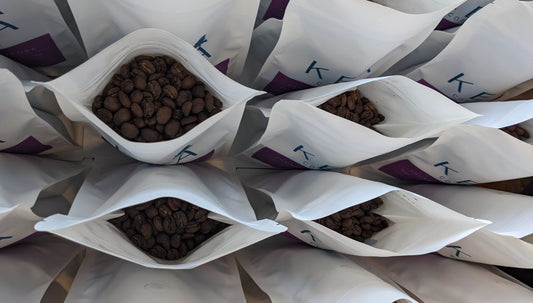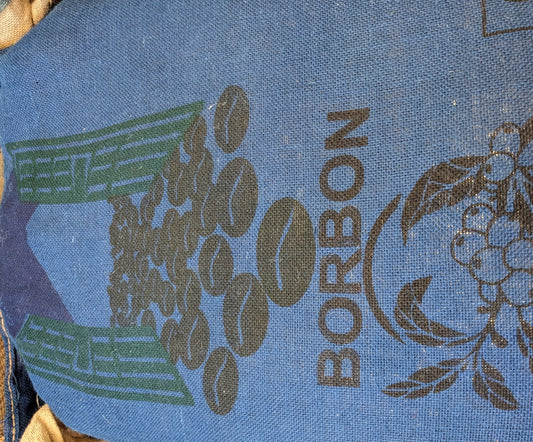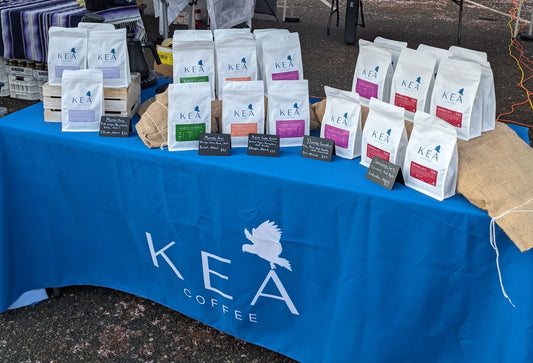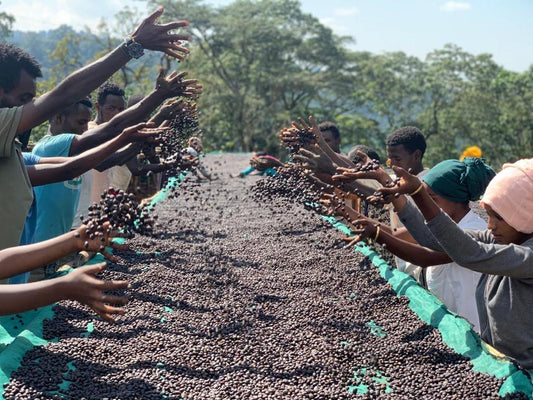A properly dialed in light roast coffee is what good times are made of.
Here at Kea Coffee, most of our coffees are light roasts. Some are very light.
We tend to keep our roasts light because this is usually the place where great coffees can shine their best. Roasting light allows more of the origin and the inherent awesome qualities of the coffee itself to come through.
But brewing light roasted coffee really well, will often require you to make a few tweaks to your normal brecipe (brew recipe....brecipe....we're not weird...promise...)
So here's a few quick and easy tips to help you brew better light roasted coffee.
Heat is your friend
We pretty much always recommend using water right off the boil for light roasts.
Light roasts just benefit from the extra few degrees to help coax those extractions along a bit further.
Beyond brew water temps though, thermal stability is also going to be really important here.
So don't sleep on your preheat.
Make sure you get your brewer nice and hot so it doesn't suck too much heat out of the slurry once you start your brew routine (...brewtine???...anyone??).
Don't rush in
Let a light roast coffee rest for at least 7 days.
If it's really light, like some of ours tend to lean towards, you might even want to wait 10-14 days before digging in.
"But wait, freshly roasted coffee is always best, right?"
Well....yeeeah. And no.
With light roast coffees, there is such a thing as too fresh.
We've got a more detailed post on this coming up soon, but the short version is:
During roasting, many chemical reactions take place. Some of them produce carbon dioxide as a biproduct.
This carbon dioxide gets locked up inside the bean.
During brewing, that carbon dioxide can interfere with your extraction.
The CO2 gets in between the water and the coffee, preventing your brew from extracting properly.
The darker you roast, the more you break down the cell structures.
The more you break those down, the easier it'll be for carbon dioxide to escape.
We call this "degassing" or "gassing off".
Conversely, with a light roast, it'll be harder for the CO2 to escape.
So degassing will take longer.
Now, having said that, if you're working with a light roast experimental processed coffee, or an unusual coffee varietal, your mileage may vary on this.
Some processing methods, like experimental processing, any co fermenting methods and even straight forward natural processing can all decrease density.
Less dense beans usually require less resting, as it's easier for the trapped gasses to escape. So you can get to the same level of degassing in less time.
Grind finer than you think you should
With light roasts, you don't need to be quite as afraid about over extraction.
Darker roasts are not only more soluble in general (and therefore more prone to over extract), but they also tend to produce more fines.
The opposite is true of light roasts.
Less fines, and less solubility.
All of that means, to get the same extraction, we need to grind a bit finer.
You might need more agitation
If your light roast pourovers are still coming out a little under extracted, you might want to try increasing agitation.
Usually, splitting your water up and doing more pours is a good way to do this.
But you could also try a gentle swirl at the end of your last pour if you're not already doing one.
If you enjoyed these tips and found them useful, don't forget to subscribe to the newsletter below.
Happy brewin!





